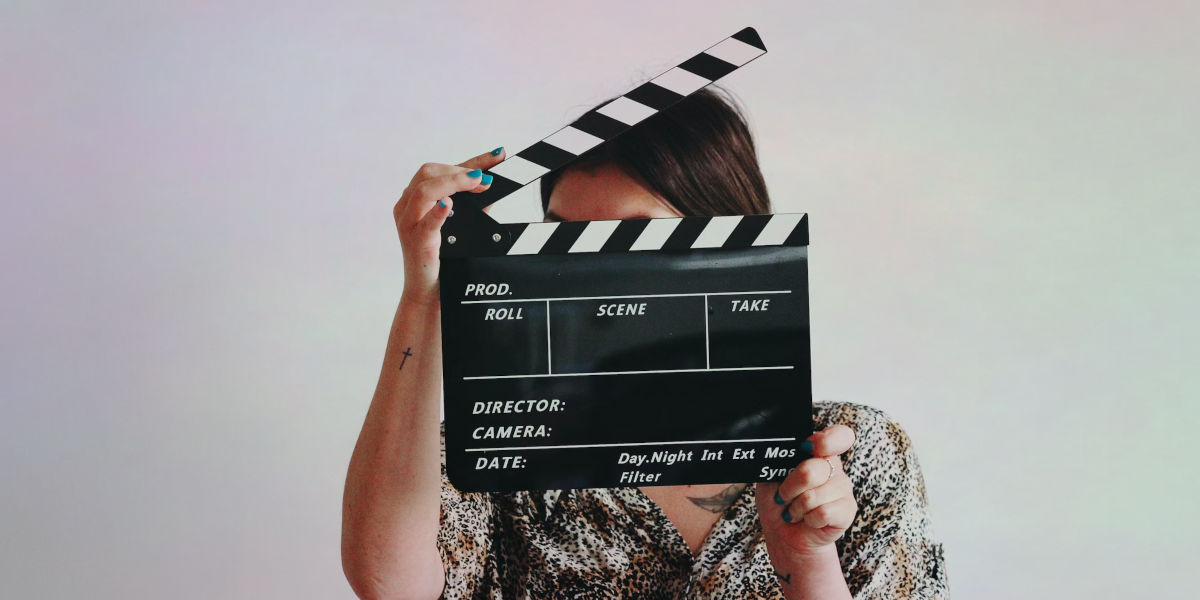Throughout the history of cinema, the director's chair has predominantly been occupied by men. But with a dramatic shift gradually taking prominence, we now find ourselves in the era of The Rise of Female Directors. Although still a budding trend, the industry is, among a slew of drastic alterations, witnessing a surge in female representation behind the camera.
This transformation is shaping a new future, challenging existing stereotypes and opening a plethora of dynamic, fresh, and unexplored narratives. In this article, we peel back the curtain and navigate the terrain where female directors are not only seated behind the lens but also masterminding a striking change in the world of film.
Female Representation Behind the Camera: A Historical Perspective
Just a few decades ago, mentioning 'female directors' in the film industry would’ve sounded somewhat utopic, primarily due to the industry’s historical tendency to sideline women to less authoritative roles. However, the tables are turning gradually and emphatically. Statistics from the summer and autumn of 2019 reveal the highest number of films directed by women – an astounding 15% increase in comparison to the figures from the previous decade.
The rise can be attributed to numerous factors, such as burgeoning platforms for independent filmmakers, the rising demand for unconventional narratives, and most importantly, the growing global awareness of gender equality. Today, a more inclusive Hollywood is starting to tip the scales: the realization that a woman behind the camera could emanate a different perspective is translating into concrete actions, glimpsed through the increasing number of opportunities handed out to aspiring female directors.
How Are Female Directors Changing the Film Industry?
The influx of female directors is not only about numerical representation; it involves a seismic shift in the way stories are perceived and told. Women are bringing unique perspectives, enhancing richness in storytelling, and offering nuanced characters that echo the many facets of the human experience. They are contributing significantly to breaking hackneyed stereotypes and biases fostered long in the industry.
Their narratives embrace the complexity of their characters - not limiting them to binary definitions but celebrating their strengths and insecurities, achievements and failings. Films such as "Nomadland," directed by Chloe Zhao, and "Promising Young Woman," directed by Emerald Fennell, showcase the range of these insightful narratives. Their films have not only had commercial success but also received critical acclaim.
Simply put, the shift driven by female directors is not just reflected in the shifting demographics of those behind the camera; it is evident in the depth and diversity of the narratives that are now finally being told.
Hoisting the director’s chair: tapping into female perspectives
While it's true that women have been underrepresented behind the camera, a shift is slowly taking place across the industry. A new wave of female directors is broadening narratives, exploring unique perspectives and asserting their place in an industry traditionally dominated by men. Their voices are not just important, but necessary in shaping the future of film.
Contemporary female directors are consistently creating exceptional films that captivate audiences and stimulate critical conversations. Take Greta Gerwig and her coming-of-age masterpieces Lady Bird and Little Women, for instance. These films not only challenge traditional narrative structures, but they also push for complex female characters — a selection that haven't been adequately explored in conventional cinema.
Directors like Ava DuVernay and Patty Jenkins break further ceilings, amplifying both the quantity and quality of stories about and by black women and female superheroes respectively. Their films are marked of a sense of expansiveness - addressing racial and gender issues that are often sidelined or understated in the dominant formats of storytelling.
Award Recognition and Encouragement
The recognition of these talented women is vital. Not just to encourage and reward their work, but also to send a powerful message that the work of female directors is just as critical and worthy of acknowledgment as that of their male counterparts.
Yet, despite their innovative contributions, women are often overlooked when it comes to prestigious awards. The 2020 Oscars, for instance, didn't nominate a single woman for Best Director--a stark reminder that we still have a fair distance to travel in achieving gender equality in film.
Shaping the Future through Female Lenses
As the journey towards gender parity continues, these groundbreaking female directors are redefining the cinematic landscape. Their mesmerizing storytelling lends itself to a shift in the discourse on on-screen representation and behind-the-scenes influence.
The rise of more women in directing roles is not just a leap for gender equality, but it also opens up a broader range of stories. Films about women, by women often offer unique, genuine narratives that are relatable and empowering. They do more than just show female experiences—they validate and make them part of the mainstream cultural conversation.
Encouraging more female directors also translates to tangible economic gains. A study by the USC Annenberg Inclusion Initiative revealed that 60% of the top 100 films of 2019 featured female protagonists--a record high and a clear indication of audience demand for these narratives.
The future of film depends on the ability to tell diverse stories, and this cannot be achieved without women taking up key roles behind the scenes, directing the narrative. The women leading the way today are paving the path for tomorrow's filmmakers. Their persistence and creativity represent the shaping of a more inclusive future in film.




